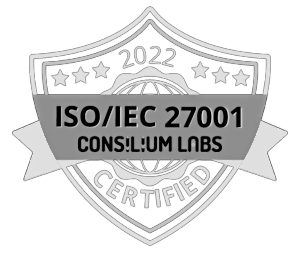The joint initiative between the teams at OpenSanctions, Open Ownership, and the Global Legal Entity Identifier Foundation (GLEIF) was shortlisted for this year's G20 TechSprint Challenge. Hosted by the Bank of International Settlements (BIS) and the Reserve Bank of India, the competition aims to recognise best-in-class technology innovations that address challenges faced by the global regulatory and banking community. This year, the focus was on finding solutions to cross-border payment compliance challenges.
The project uses LEI to connect key reference information of legal entities participating in financial transactions, including direct and ultimate parent entities, subsidiaries, branches, managed funds, and umbrella structures.
OpenSanctions enhances this data by finding links to its extensive collection of 40 government-published sanctions lists and multiple international databases containing politically exposed persons (PEPs).
Using Open Ownership-provided corporate datasets, we were able to includes over 22.5 million beneficial ownership records for 8.5 million companies globally in the Transparency Fabric.
Finally, the Transparency Fabric utilises the graph workbench tool developed by Linkurious, enabling the identification of connections between companies holding an LEI and sanctioned entities.
To illustrate the practical impact of the Transparency Fabric, we provide a case study involving VTB Capital PLC, a UK subsidiary of a prominent Russian investment bank. Although the UK subsidiary is not listed on any sanctions list, its activities are significantly influenced by the sanctioned parent company, VTB Capital. By utilising the Transparency Fabric data graph, users could have identified and addressed these risks by visualising the links between VTB Capital PLC and sanctioned entities.
The main goal of this joint effort is to enhance transparency and security within the financial sector, benefiting governments, public-sector organisations, and private industries. The Transparency Fabric streamlines the identification of individuals and companies that pose compliance risks, thereby helping to mitigate financial crimes.
To find out more about The Transparency Fabric here.

